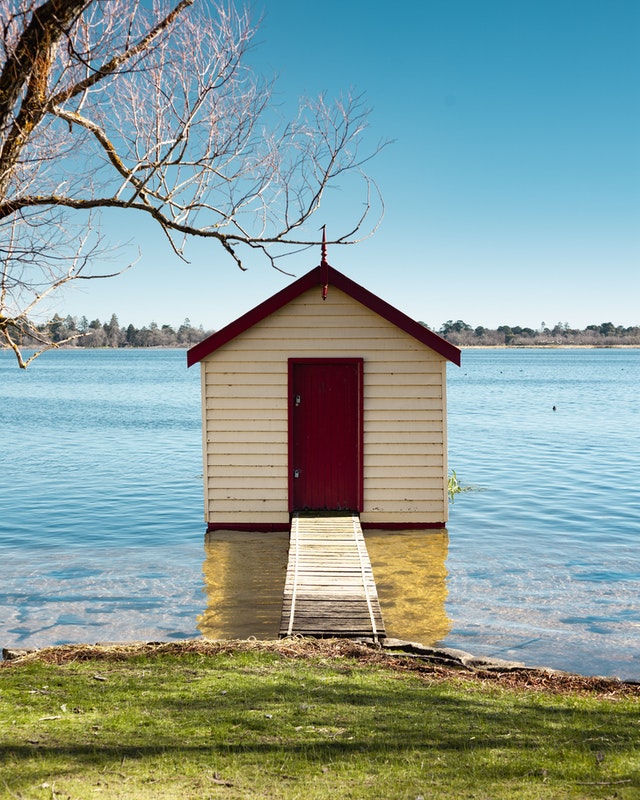FRIDAY, FEBRUARY 26, 2021
Excess Flood Coverage for Homeowners

Most policies purchased through the National Flood Insurance Program have coverage limits of $250,000, and if a flood causes too much damage, homeowners may not have enough to rebuild or repair their homes. Learn how excess flood insurance can give homeowners the coverage they need below.
Who Needs Excess Flood Coverage?
The two biggest factors when considering excess flood coverage for your home are the property value and the mortgage company you use to secure a loan. If you use a federally backed mortgage program, you may have to purchase an NFIP policy, especially if you live in an area at high risk of flooding. However, if it would cost more than the $250,000 NFIP coverage limit to rebuild your home after a flood, you should also consider buying an excess flood policy. Because flood damage can also put the lender you use to secure a home mortgage at risk, you may also be required to secure excess coverage before you buy a home.
Lenders may also require you to carry flood insurance that covers one of these three amounts:
-
Your home’s replacement cost
-
The remaining balance on your mortgage
-
The $250,000 NFIP coverage limit
Keep in mind that even if you aren’t required to buy excess coverage, these policies can give you the funds you need to rebuild or replace your home after a flood.
How Does Excess Flood Coverage Work?
The terms of an excess flood policy usually match the ones found in your NFIP policy. However, rates and coverage options will vary between different insurers. While the NFIP determines rates based on the average loss in a particular flood zone, the private insurers that provide excess coverage look at a number of other factors, including the following:
-
Your home’s age, construction materials, elevation and distance from bodies of water
-
The foundation structure (e.g., basement, crawl space or slab)
-
The direction your home faces
Excess flood policies typically don’t have a deductible, since they’re only triggered when a loss exceeds the limits of your NFIP policy. And, while excess insurance will cover the same losses as the regular flood policy, some insurers may add extra coverage options:
-
Lost income from rental properties
-
Additional living expenses
-
Flood prevention expenses
Choosing the Best Coverage Option
If you live in a flood-prone area, purchasing excess flood coverage may make the world of a difference for you in the event of a disaster. Don’t wait until it’s too late.
No Comments
Post a Comment |
|
Required
|
|
Required (Not Displayed)
|
|
Required
|
All comments are moderated and stripped of HTML.
|
|
|
|
|
|
NOTICE: This blog and website are made available by the publisher for educational and informational purposes only.
It is not be used as a substitute for competent insurance, legal, or tax advice from a licensed professional
in your state. By using this blog site you understand that there is no broker client relationship between
you and the blog and website publisher.
|
Blog Archive
2025
2024
2023
2022
2021
2020
2019
2018
|
|